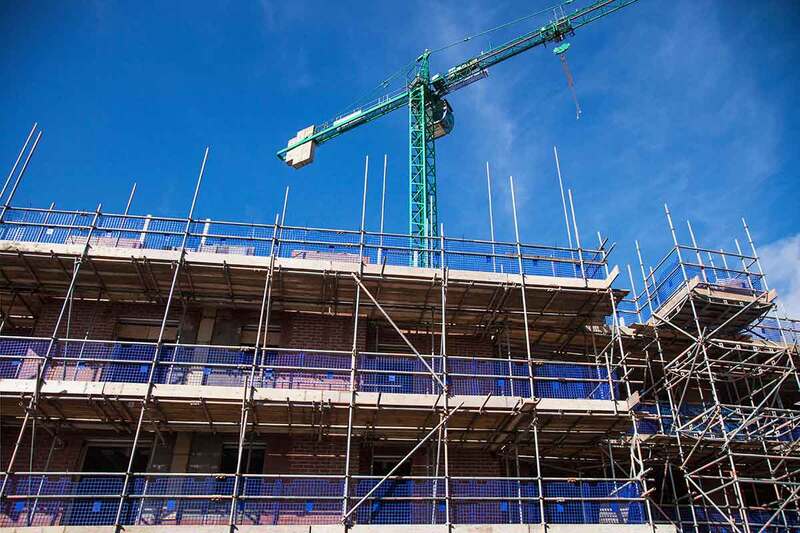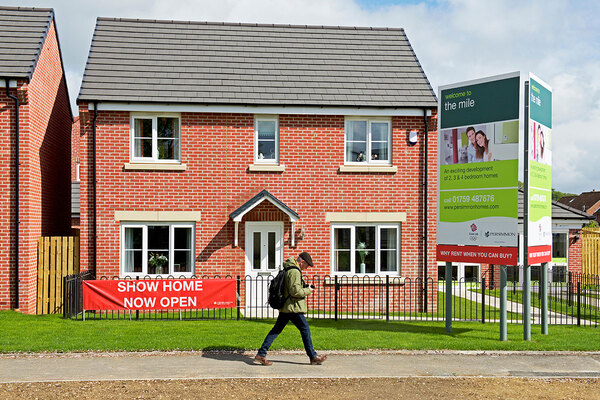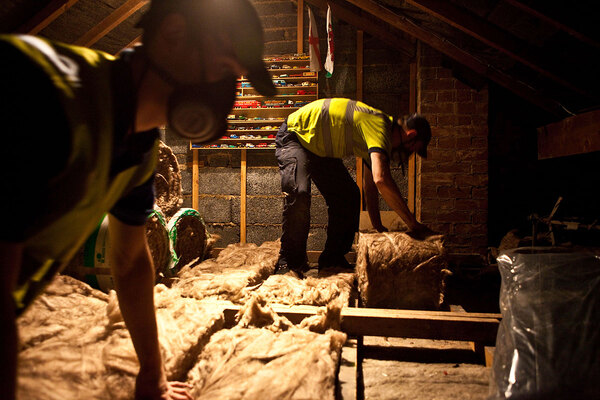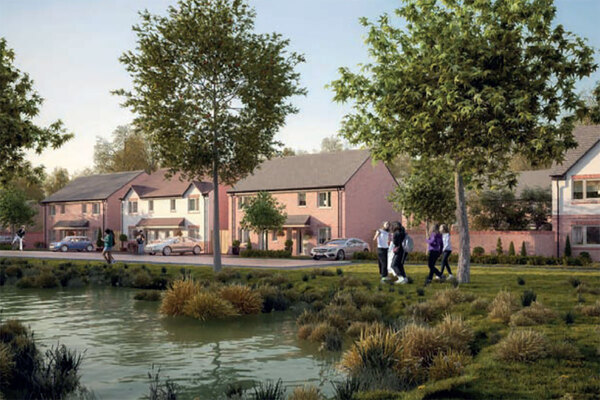Community-led housing is vital to building and retaining public trust
Will the government build on the success of community-led approaches to housebuilding, asks Tom Chance, chief executive of the Community Land Trust Network
The yimby voice is growing, with polling showing that most people support new homes being built.
But between theory and practice lie doubts and mistrust.
Grosvenor research in 2019 found just 2% of the public trust developers and only 7% trust planning authorities. I hear time and again from people who are frustrated that all they see being built are pricey executive homes, holiday homes or ‘affordable homes’ that aren’t genuinely affordable.
Community-led housing can turn these nimbys into yimbys.
From 2018 to 2022, the government pump-primed this community-led approach to housebuilding. The Community Housing Fund provided revenue grants worth £27m and a further £4.5m of capital funding, which went into hundreds of projects and support infrastructure across England.
The revenue funds were hugely oversubscribed, helping new and small providers to meet the pre-development costs averaging £11,000 per home, which large providers can soak up in their working capital.
We have reviewed the progress of 206 funded projects, and the results make for encouraging reading.
At least 4,222 homes have come forward. Nine in 10 of these are affordable housing tenures, mostly for social or affordable rent. There is also a strong undercurrent of demand for non-standard tenures not supported by the Affordable Homes Programme (AHP), which were eligible for capital grants through the Community Housing Fund while it was open.
“There is also a strong undercurrent of demand for non-standard tenures not supported by the Affordable Homes Programme, which were eligible for capital grants through the Community Housing Fund while it was open”
Many of the projects only got very small exploratory start-up grants of up to £5,000. Of those that received substantial funding, two-thirds have either completed their homes, are under construction, or have a site and planning consent secured.
Only 5% of projects have stalled or thrown in the towel. This adds weight to a Capital Economics study from 2021 which found that community-led housing offers high value for public money.
The projects analysed in the review are mostly small, averaging 15 homes, but not always. One in 10 had more than 50 homes and the largest was a 500-home garden village. The projects have above-average use of modern methods of construction and self/custom-build approaches, driving innovation much as housing associations have done.
Of the 206 projects, 82 are working in partnership with housing associations. Leaders in this field account for much of this, with Aster out front partnering on 17 projects, but we have also seen new associations partnering with community land trusts (CLTs) since 2018.
For housing associations like Aster, CLTs have increased their reach into rural areas. Thanks to the Community Housing Fund, communities have been able to initiate projects, find willing landowners, win local support and then bring the housing association in to finance, build and manage the homes. Homes England attributes a significant uptick in rural social housing to CLTs in the South West, where this model is best established.
For the communities, the CLTs are a lifeline and the housing association the life float, partnering to build desperately needed affordable homes that wouldn’t otherwise happen.
The early-stage funding through the Community Housing Fund is in effect knocked off the AHP allocation down the line, making it a near fiscally neutral way to build up the social rental pipeline in rural areas.
The review also found a capacity to bring forward small public-sector sites, which account for 43% of projects. Thanks to councils factoring the need for affordable housing into the valuations for these sites, 96% of homes being built by communities on public land are affordable.
“Community-led housing achieves genuine affordability, reduces loneliness, strengthens social cohesion and public health, and tends to achieve high energy-efficiency standards”
While the fund was underway, independent research added to our understanding of the benefits of these community-led approaches. They achieve genuine affordability, reduce loneliness, strengthen social cohesion and public health, and tend to achieve high energy-efficiency standards.
All of this raises the question of whether this new government will build on this success.
The Community Housing Fund has been closed since 2022, and grant and social investment programmes from Power to Change and CAF Venturesome have closed. There is precious little finance to keep this pipeline flowing. Ministers have acknowledged that pre-development costs are a barrier to small and medium-sized enterprises and community-led providers, but planning reforms can only go so far in addressing this issue.
The Community Land Trust Network, Confederation of Co-operative Housing and UK Cohousing Network have jointly developed a long-term strategy to transition from grant, and scale the sector up. But it needs government support.
Most of today’s large housing associations got going with 100% grant rates from the Housing Corporation or stock transfers. Where will the next generation come from? And how can the AHP help communities bring additional projects forward, many of which existing housing associations can help deliver in partnership?
Tom Chance, chief executive, Community Land Trust Network
Sign up for our development and finance newsletter
Already have an account? Click here to manage your newsletters













